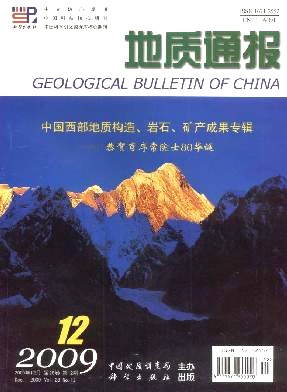CHEN Shou-ming1, CHENG Li-ren2, WU Shui-zhong3, ZHU Yong-shan4. Late Permian fusulinds from the Raggyorcaka Formation, northern Qiangtang, Tibet, China[J]. Geological Bulletin of China, 2009, 28(12): 1725-1729.
| Citation: |
CHEN Shou-ming1, CHENG Li-ren2, WU Shui-zhong3, ZHU Yong-shan4. Late Permian fusulinds from the Raggyorcaka Formation, northern Qiangtang, Tibet, China[J]. Geological Bulletin of China, 2009, 28(12): 1725-1729.
|
Late Permian fusulinds from the Raggyorcaka Formation, northern Qiangtang, Tibet, China
-
1. Institute of Geology, Chinese Academy of Geological Sciences, Beijing 100037, China;2. College of Earth Science, Jilin University, Changchun 130061, Jilin, China;3. Qinhuangdao Branch of Northeast University, Qinhuangdao 066004, Hebei, China;4. Department of East Geophysical Company, Zhuozhou, 072751, Hebei, China
-
Abstract
The Late Permian in the Northern Qiangtang area was named Raggyorcaka Formation, which contains abundant fusulinds such as Palaeofusulina sinensis Sheng, P. fusiformis Sheng, P. nana Likharev, P. laxa Sheng, P. wangi Sheng, P. minima Sheng et Chang, P. simplex Sheng et Chang, Parananlingella acervula (Sheng et Rui), Reichelina changhsingensis Sheng et Chang, R. pulchra K.M.-Maclay and R. gaqoiensis Wang, Sheng et Zhang. One fusulind zone named Palaeofusulina zone has been established, comprising two sub-zones: Palaeofusulina minima sub-zone and Palaeofusulina sinensis sub-zone. This study area is abundant in different Fusulinds fossil varieties, which all belong to Cathaysian Tethys type in representative of Late Permian, thus it can be correlated with the Changxing Fusulinds fossil belt in South China.
-

-
-
Access History







 DownLoad:
DownLoad: